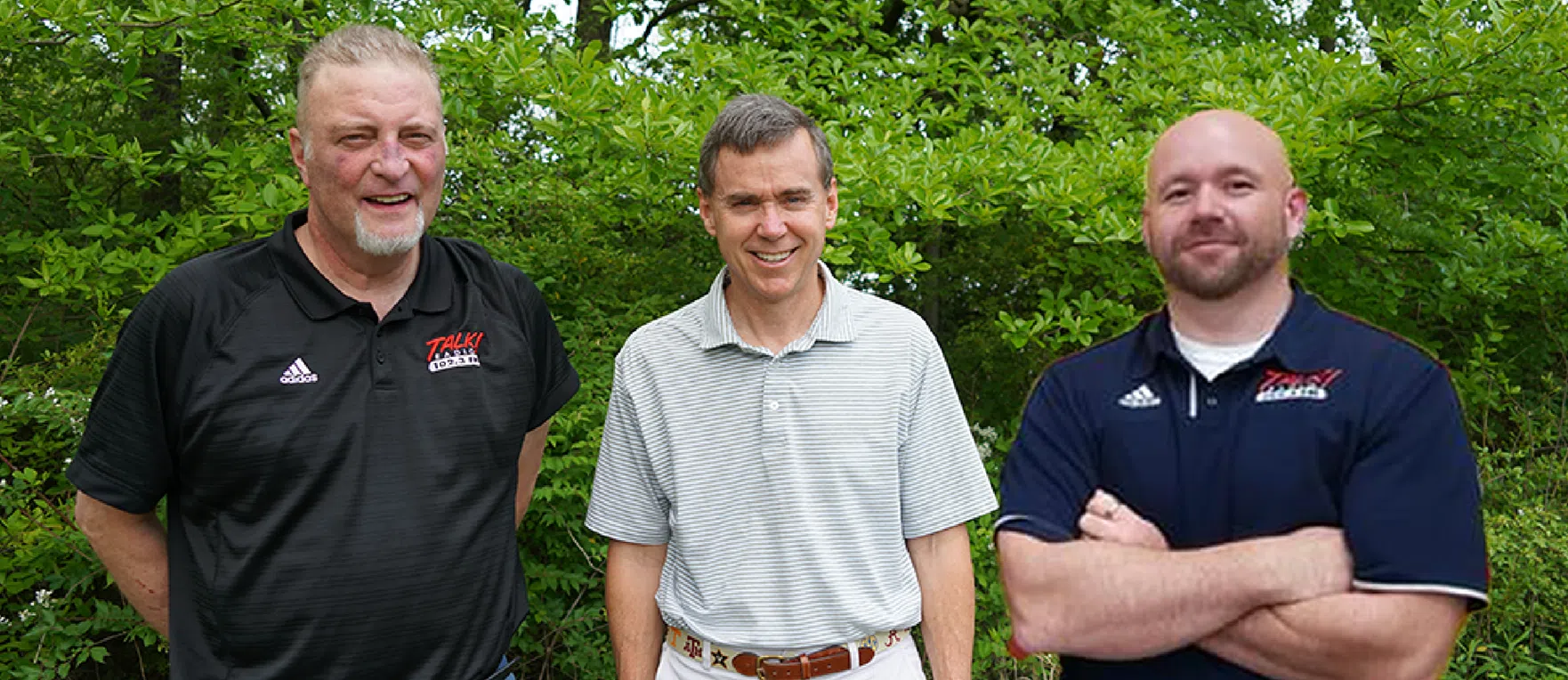OPINION
New York City needs a public safety plan that marries deterrence and accountability. Mayor-Elect Zohran Mamdani’s proposed overhaul — replacing traditional policing responses with a new “Department of Community Safety” — promises a humane, progressive alternative.
But beneath its idealism lies a troubling lack of realism.
Mamdani’s plan would shift many 911 calls — including those related to mental health crises, homelessness, and “quality-of-life” issues — away from the NYPD and toward civilian-led teams.
The intent is admirable: too many social problems have been dumped on police officers who lack the training or tools to solve them.
Yet the proposal assumes that removing police from these interactions will make New Yorkers safer. That assumption is untested, risky, and potentially dangerous.
Public safety demands both immediate readiness and long-term reform.
While it’s true that the NYPD has overextended its mandate, simply carving away large portions of its responsibility without a fully operational alternative could create deadly delays in response.
In moments of crisis, New Yorkers need trained responders who can de-escalate conflict and, if necessary, confront danger.
A civilian unit may excel at outreach — but it cannot replace the enforcement and deterrent functions of law enforcement.
Robust public safety also serves as a foundational pillar for overall homeland security.
When cities maintain effective public safety measures, they not only deter everyday crime but also strengthen their prevention and resilience against larger threats such as terrorism, organized crime, and natural disasters.
Integrated response systems, well-trained personnel, and community trust are essential components that enable swift coordination with federal agencies, ensuring that local vulnerabilities do not become national risks.
Thus, investments in public safety are investments in the nation’s broader security infrastructure.
Moreover, Mamdani’s plan glosses over the transition period. How long will it take to train and deploy new responders?
Who ensures coordination between the new department and existing police precincts?
What happens when a “non-violent” call turns violent, as they sometimes do?
The blueprint offers few answers. Good intentions cannot fill gaps in logistics.
Funding, too, raises red flags. The plan is tethered to a broader reallocation of city resources — reducing NYPD funding to expand social services.
But until the new system proves itself, reducing law enforcement budgets risks leaving both officers and civilians less protected. Reform should be additive before it becomes subtractive: building the new before dismantling the old.
Even more concerning is the political tone that surrounds the proposal.
Mamdani’s earlier rhetoric about “defunding” the police may energize progressive activists, but it alienates members of the NYPD and New Yorkers who live with the consequences of rising crime.
Public safety is not an abstract debate about ideology — it’s a daily reality.
None of this is to say the system can’t be improved upon. It can.
Police officers should not be the default response to every social issue, and investments in mental health, housing, and youth programs are essential.
But those goals demand rigorous planning, not slogans.
Real safety reform means reforming with the police, not without them.
Mamdani’s vision risks overcorrecting — trading one set of excesses for another.
In its pursuit of justice, it may neglect the city’s most basic obligation: to protect its people swiftly and effectively. Compassion without competence isn’t progress; it’s peril.
New Yorkers deserve both safety and justice — not a plan that sacrifices one for the illusion of the other.
Charles Marino is a Newsmax Contributor, specializing in National Security, Homeland Security, Intelligence, and Law Enforcement.
© 2025 Newsmax. All rights reserved.





